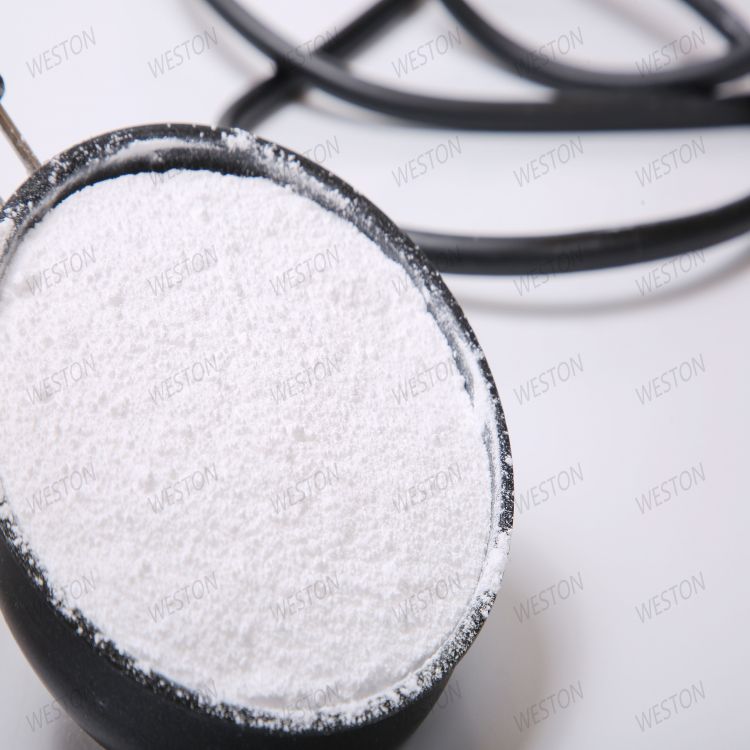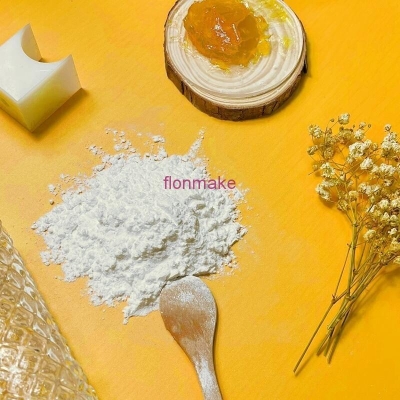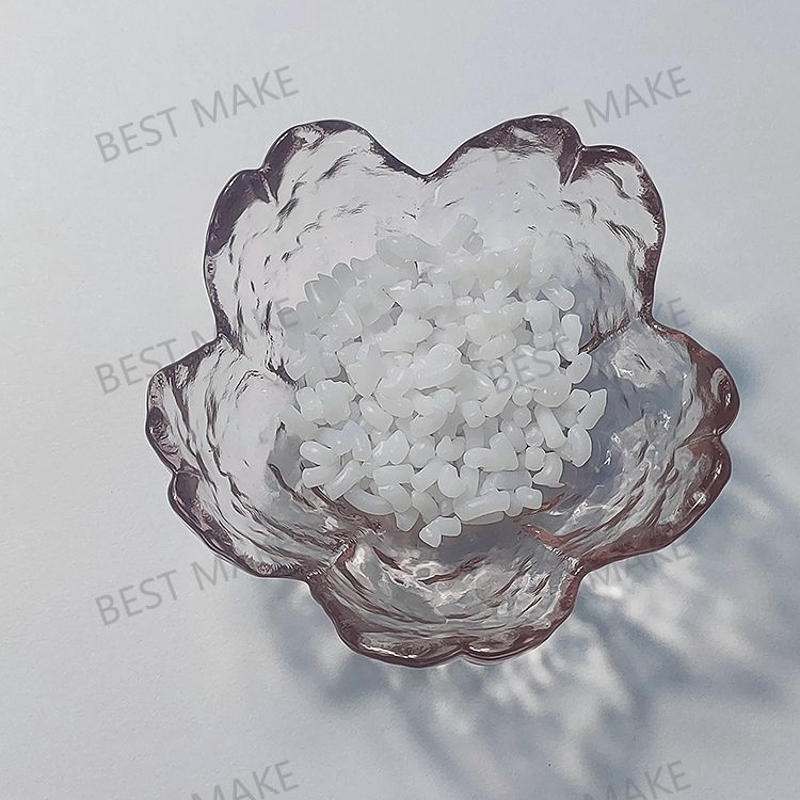-
Categories
-
Pharmaceutical Intermediates
-
Active Pharmaceutical Ingredients
-
Food Additives
- Industrial Coatings
- Agrochemicals
- Dyes and Pigments
- Surfactant
- Flavors and Fragrances
- Chemical Reagents
- Catalyst and Auxiliary
- Natural Products
- Inorganic Chemistry
-
Organic Chemistry
-
Biochemical Engineering
- Analytical Chemistry
- Cosmetic Ingredient
-
Pharmaceutical Intermediates
Promotion
ECHEMI Mall
Wholesale
Weekly Price
Exhibition
News
-
Trade Service
4 Test method
Except for special regulations, the reagents and water used in this standard refer to analytical reagents and distilled water or water of equivalent purity
The standard solutions, preparations and products used in this standard shall be implemented in accordance with the provisions of GB601 and GB603 unless other requirements are indicated
4.
Measure according to GB3143 regulations
4.
4.
Take the arithmetic mean of the internal parallel determination values as the result
4.
The difference between the two parallel determination results is not more than 0.
4.
4.
4.
a.
b.
c.
4.
a.
Fixing solution: polyethylene glycol succinate;
b.
Carrier: 6201 red carrier, test 102 white carrier or other carriers with similar performance
.
Granularity: 0.
18~0.
25mm (80~60 days), 0.
15~0.
18mm (100~80 days);
c.
Solvent: chloroform
.
4.
3.
2 Apparatus
4.
3.
2.
1 Gas chromatograph
Detector: hydrogen flame ionization detector
.
4.
3.
2.
2 Column
a.
Column tube: stainless steel tube or glass tube with an inner diameter of 3 to 4 mm and a length of 2 to 3 m;
b.
Filling:
Proportion: Carrier: Fixative=100:15 (mass ratio)
Method for coating fixative: Weigh 2.
25g polyethylene glycol succinate, add about 45mL chloroform to a 200mL beaker and heat to dissolve it on a water bath, then add 15g carrier, stir it, and place it under infrared light.
Dry or dry naturally
.
c.
Filling method: plug the outlet end of the chromatographic column (the end connected to the detector) with a little glass wool, draw a vacuum from the outlet end, and load the stationary phase under gentle vibration
.
Fill it evenly and tightly, and then plug it with glass wool
.
d.
Aging of the chromatographic column: Load the filled chromatographic column into the column box of the chromatograph, and after checking the air tightness, start from the column temperature of 100 ℃, and the final temperature of 150 ℃, aging by nitrogen
.
Aging at 160°C for more than 10 hours until the baseline is stable
.
4.
3.
2.
3 Injector
Micro glass syringe
.
4.
3.
2.
4 Recorder, integrator or chromatographic data processor
.







